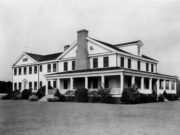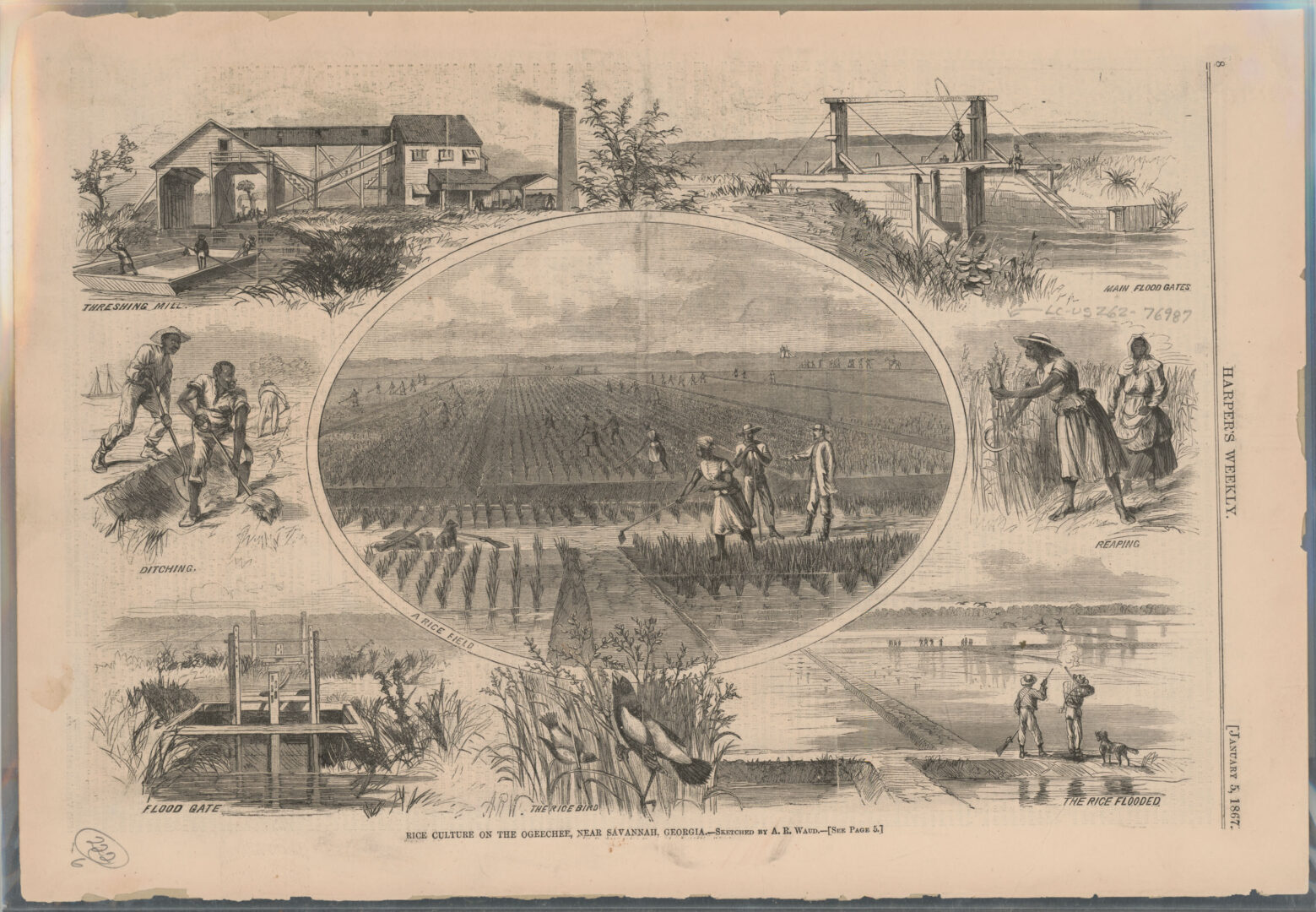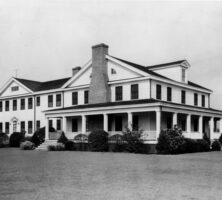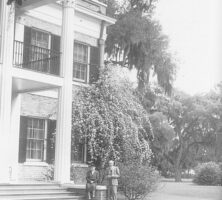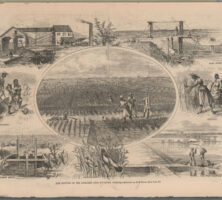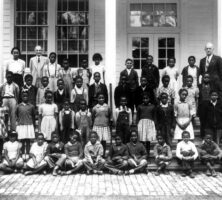Richmond Hill, situated on the Ogeechee River fifteen miles south of Savannah, is the largest municipality in Bryan County (although Pembroke is the county seat). According to the 2020 U.S. census, the population is 16,633. It is best known as the winter residence of the automotive pioneer Henry Ford during the 1930s and 1940s.
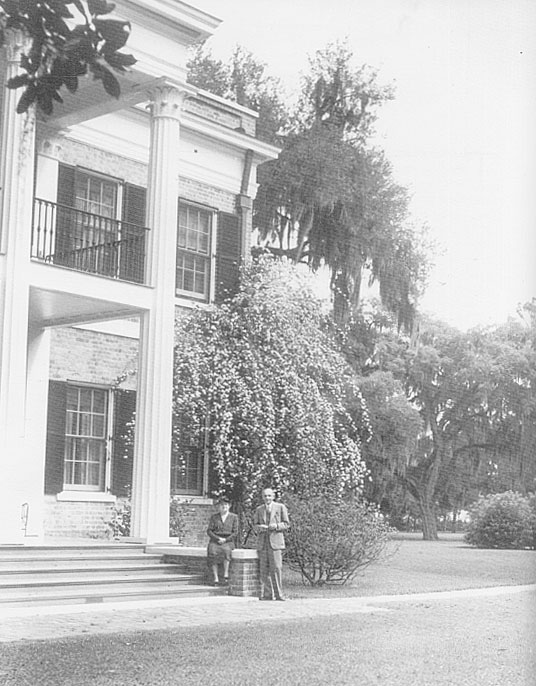
The history of the area goes back to the earliest days of the Georgia colony, when General James Oglethorpe built Fort Argyle near the juncture of the Ogeechee and Canoochee rivers. The legalization of slavery in 1750 and the availability of agricultural bottomland near the Ogeechee River led to rapid settlement in lower St. Philip Parish (Bryan Neck) before the American Revolution (1775-83).
In 1793 Bryan County was created from Chatham and Effingham counties and was named in honor of the colonial patriot Jonathan Bryan (1708-88). The seat of government was soon established at Cross Roads, at the intersection of the Darien –Savannah Stage Road and the Bryan Neck Road, the present-day site of Richmond Hill. As the population of the area expanded north of the Canoochee, the county seat was moved in 1814 to an area known as Court House, later called Eden, and still later the unincorporated township of Clyde.
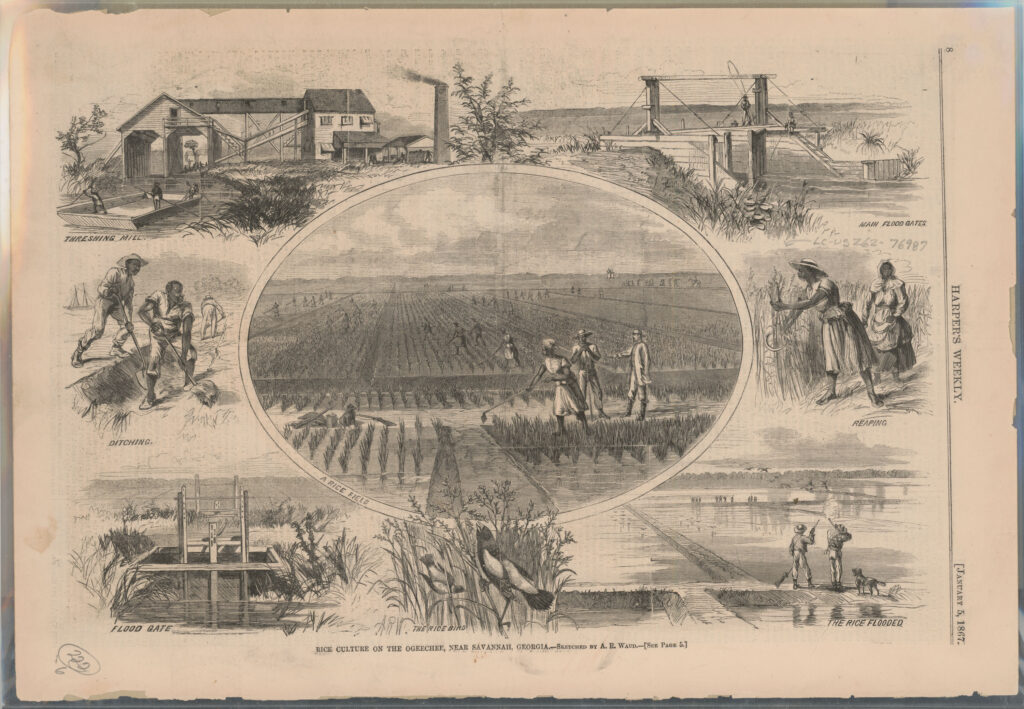
Because of the proximity of the Ogeechee River, rice became the primary cash crop of the local agricultural economy. Lower Bryan County was the locale of some of the most productive rice plantations of tidewater Georgia in the three decades before the Civil War (1861-65). The larger operations were those managed by the area’s leading enslavers.
Shipment of rice from the region was expedited by the completion of the Savannah–Ogeechee Canal in 1830. The Savannah, Albany, and Gulf Railroad, built in 1856 to link Savannah with southwest Georgia, passed through Bryan Neck, traversing the rice fields of Richard Arnold and William J. Way. The station depot of the railroad was designated Ways Station, No. 1 1/2. A small settlement developed at Ways Station, the forerunner of Richmond Hill.
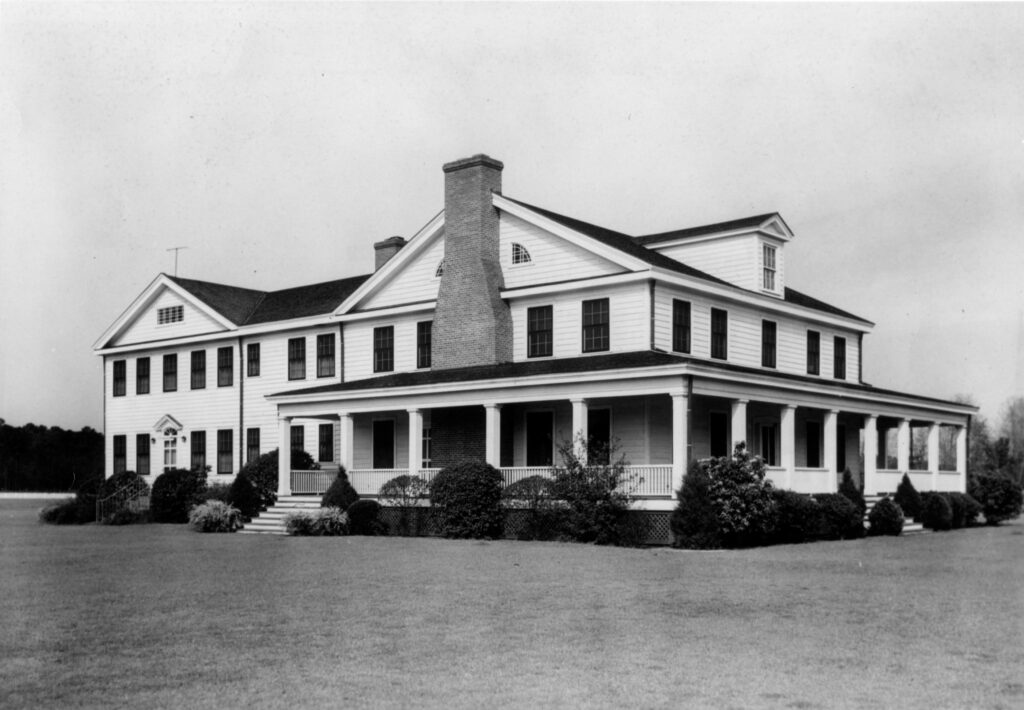
After the Civil War, emancipated African Americans on Bryan Neck began to purchase their own land from plantation owners. Amos Morel, the formerly enslaved head for Richard J. Arnold’s rice plantation, became the most prominent freedman of the section as well as the largest landowner. Blacks worked for wages at the revived Ogeechee River plantations, and the area prospered until hurricanes in the 1890s wiped out the rice industry in tidewater Georgia. Later many Blacks found employment in the local lumber industry. In about 1904 the Hilton-Dodge Lumber Company of Darien opened a large sawmill and timber-exporting center at Belfast, near Ways Station. This activity continued until 1916.
In 1925 the automobile-industry pioneer Henry Ford of Dearborn, Michigan, began purchasing land on Bryan Neck, eventually owning about 85,000 acres on both sides of the Ogeechee. Ford was interested in the social and agricultural improvement of the area around Ways Station, then one of the most impoverished places in Georgia. Ford hired local residents to manage his agricultural operations, provided housing and medical facilities, and built churches, community centers, and schools for Black and white students. He developed a sawmill and a vocational trade school, improved roads and other infrastructure, and generally brought Ways Station into the twentieth century. In 1941 the town’s name was changed to Richmond Hill in honor of Ford, who had built his winter residence, Richmond, on the site of the former Clay plantation.
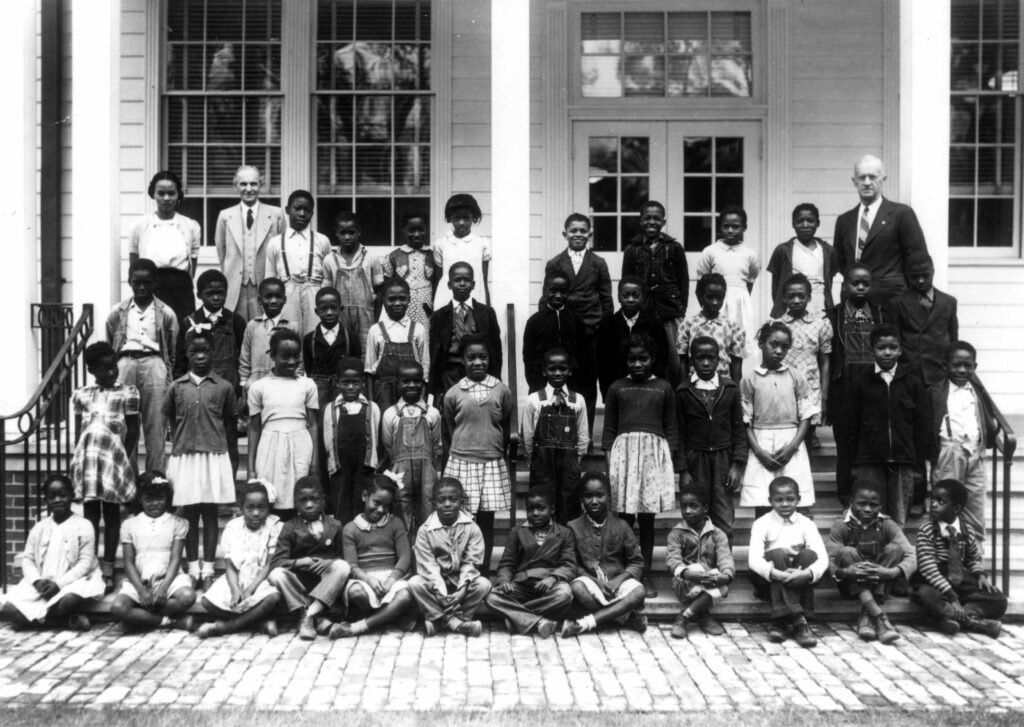
After Ford’s death in 1947 much of the land on Bryan Neck was sold to timber companies. Richmond Hill was incorporated in 1962, and it remained a quiet rural community until about 1980, when the building of interstate highways in the area and the influx of Chatham County residents into lower Bryan spurred rapid growth.


